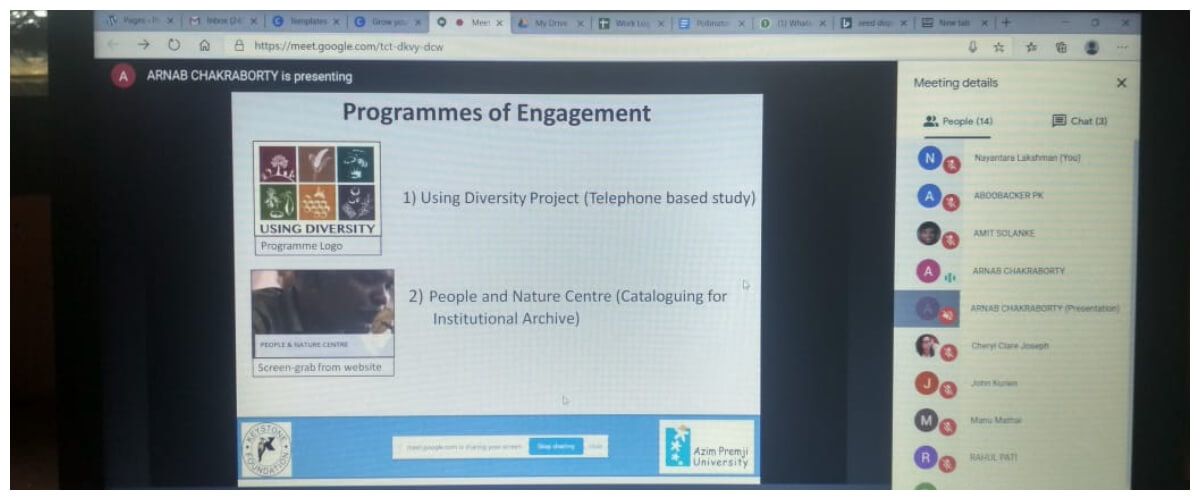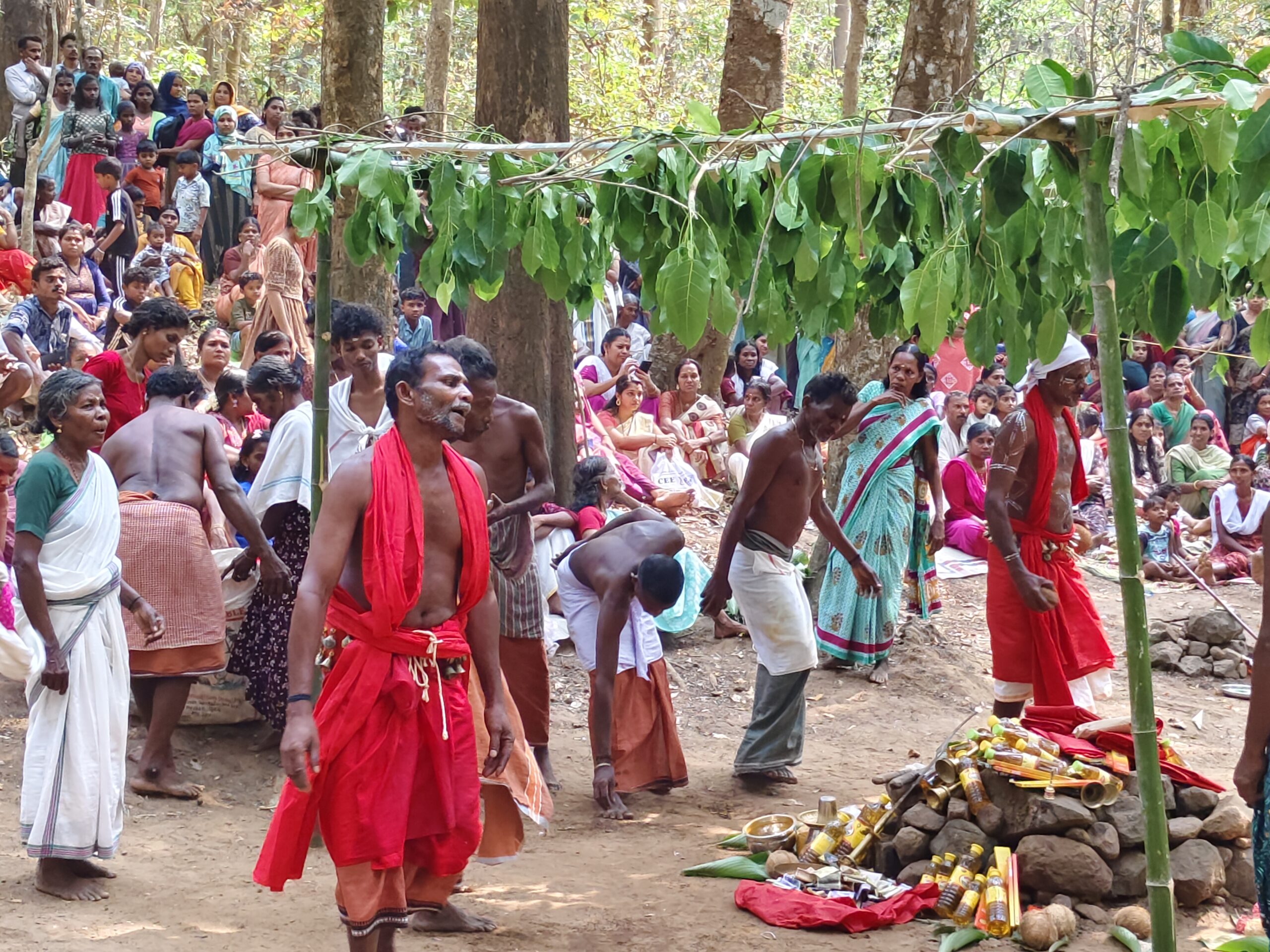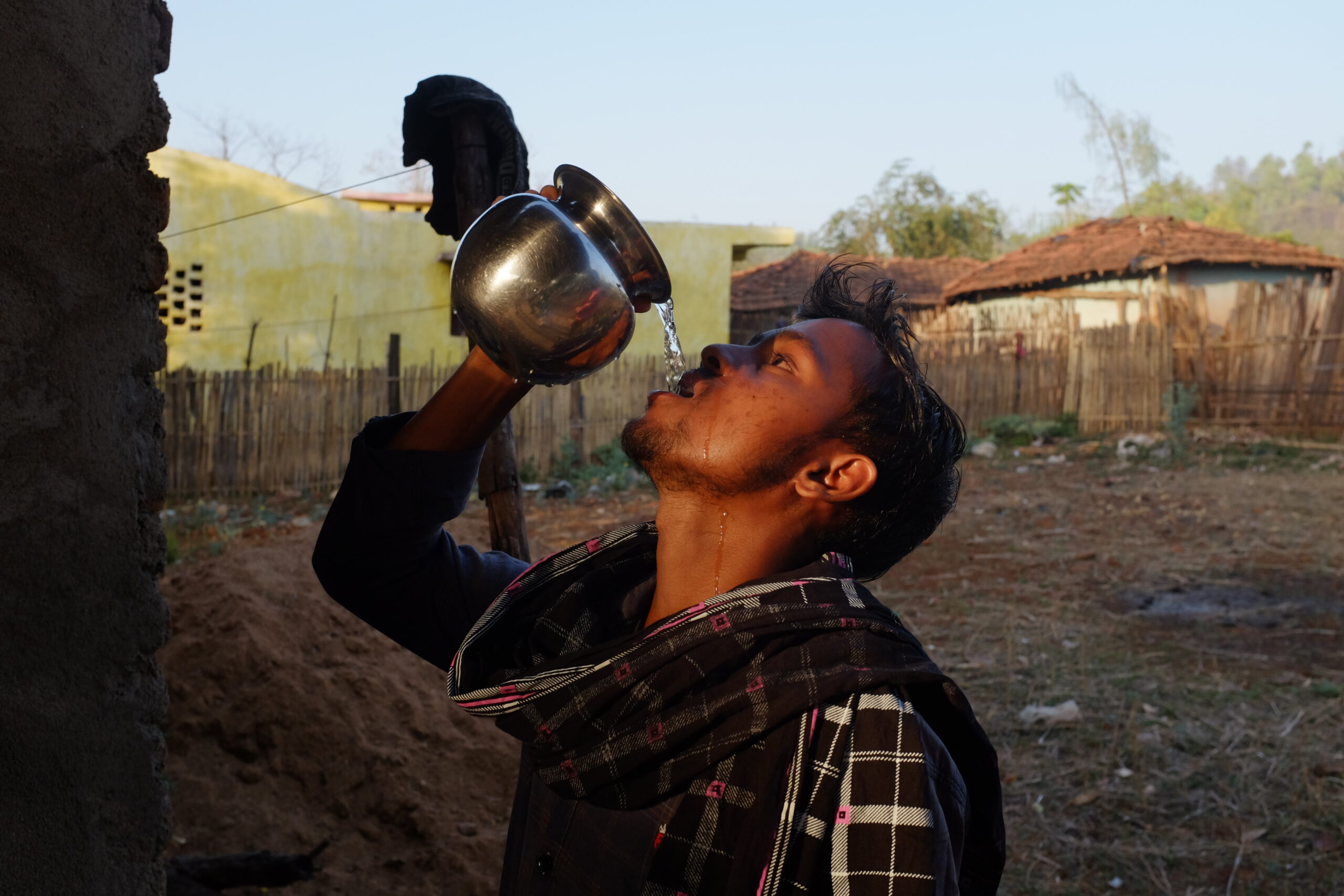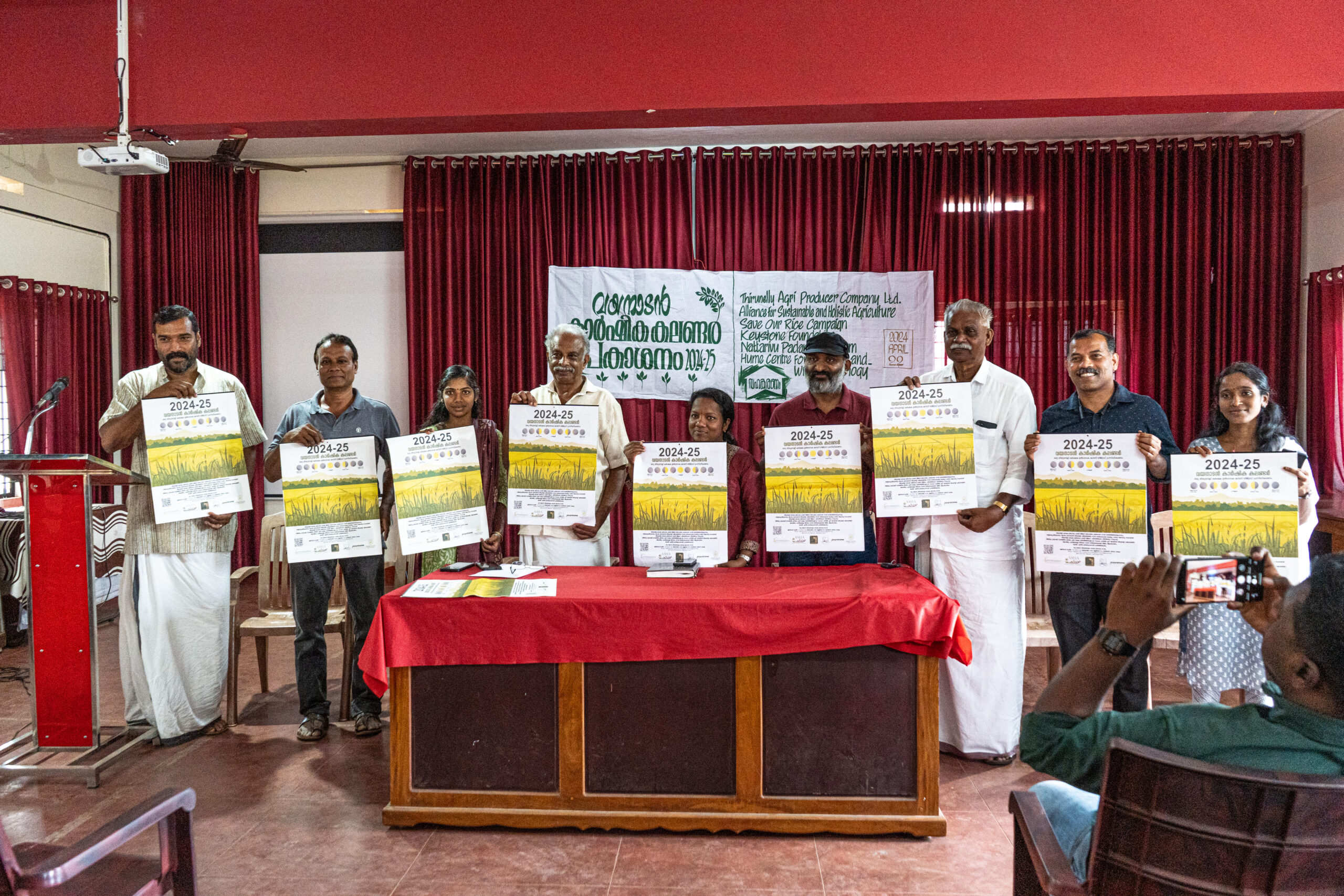The format of the internship
Ecological literacy and development of ecological consciousness is always understood as an experiential process. Also as students of the social sciences, the field has been described to us as a tangible entity. But within these unusual circumstances these ideas had to be recalibrated. This involved trying to understand the field from existing documentary sources, – textual, audio, visuals etc. All this gave the idea about not only the community but the organization’s relationship with them.
As part of the online internship with Keystone Foundation, I helped in conducting a study on the effects of the Pandemic and the subsequent effects on the livelihood and food security of the indigenous populations.
Initially I did a literature review on the policy framework within which food security and forest based livelihoods are framed in the country. And later based on this I designed a semi-structured questionnaire for a perception study on the effects of lockdown on livelihood and food security of indigenous communities from different regions of the country. The perception study also consisted of interviews with certain key respondents who are senior partners of Keystone foundation.
The purpose of the study was not only to contextualize the effects of lockdown within the policy framework. But to focus on the experience of the communities and their perceptions of risk and vulnerability, and hopes for the future.
Key learnings
The indigenous communities whom I conversed with had different kinds of reliance on the public distribution system. Most of the communities in central India relied on it for food grains, and it was informed that the traditional coarse grains produced by the communities in their homestead farms were often being sold in the markets while the community members relied on grains from the market.

Apart from the grains other food items like traditional wild leafy vegetables and mushrooms are being consumed by the communities in higher proportion than usual, since the markets were less accessible during the lockdown. Some community members even stated that this has increased the interest of younger generations in traditional crops. However, the communities who have lesser land ownership and depend on market based livelihoods, were hit much worse.

In fact market based livelihoods were affected negatively across communities. And communities perceived it largely as a threat to their food security in the long run. In the central Indian states these were exacerbated by the returning migrants. They posed greater pressure on the diminishing food stock and cash income of the households. In such a situation in-situ formal means of livelihood seemed to be more preferable. This can also include integration with traditional practices like bee-keeping as was demonstrated by the case of Kattunayakans of Kerala or value addition to millets in case of communities in Central India.

By Arnab Chakraborty- Masters in development student at Azim Premji University (2019-2021)

















